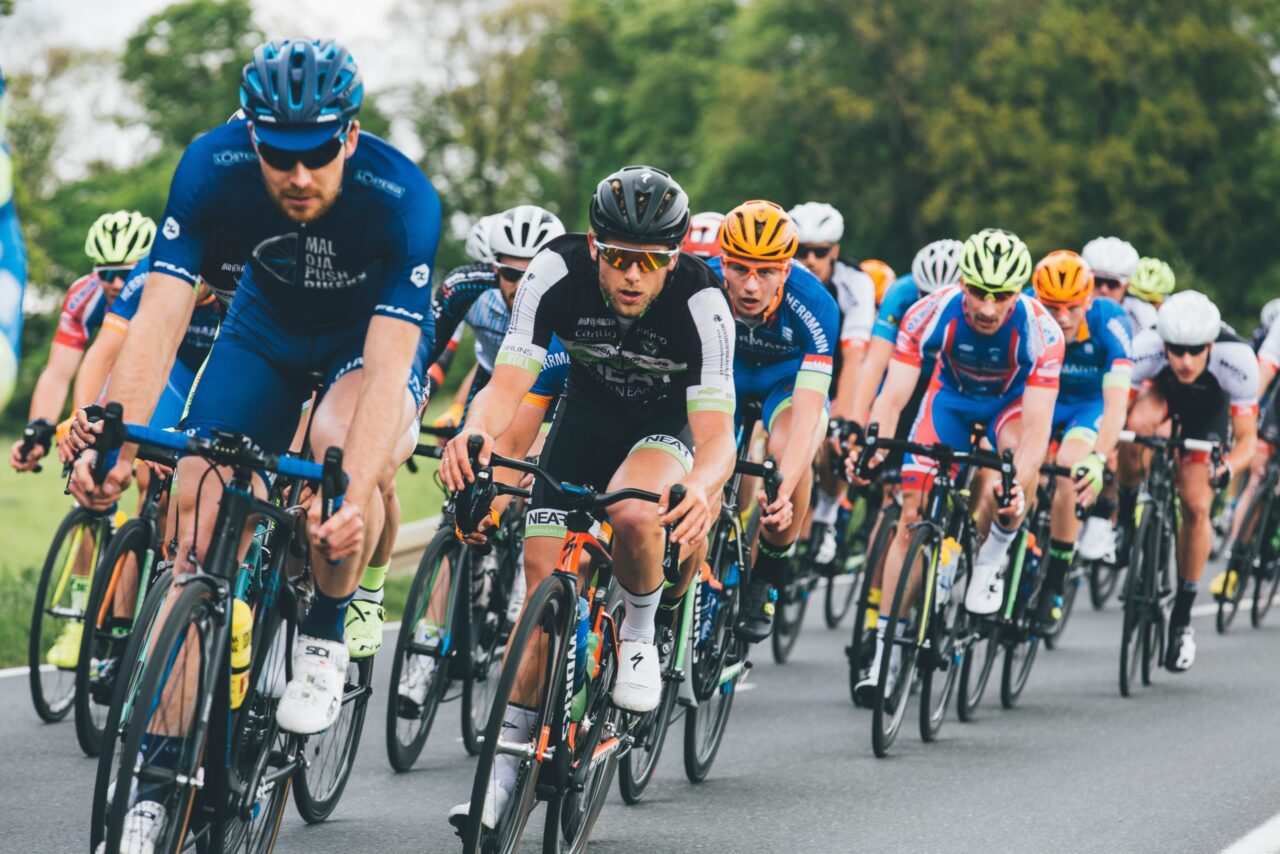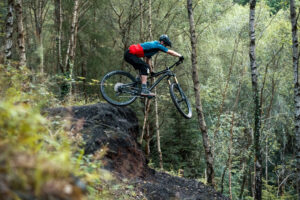What is fatigue resistance and does it matter?

Bike races are usually very long – especially in the professional ranks. As a consequence of this they’re often resolved by finding out which rider gets tired last. This is an attribute that physiologists and coaches dub ‘fatigue resistance’ and it basically describes what proportion of a maximal effort an athlete can produce at the end of a long race. This resistance to fatigue is what separates professionals from the best amateurs in the world. It’s the factor at play in the final week of a grand tour and in the finale of a monument. In this blog we will take a look into what fatigue resistance is, how it’s useful to you and how you can train it.
What exactly is fatigue resistance?
If you have ever gone as hard as you can on a hill, or in a race or perhaps even an FTP test you’ll know what fatigue is. If you’ve ever run out of food on a long ride, ridden for a couple of hours more than you probably should or gone too fast too early in a ride you’ll also have experienced this. Fatigue in cycling is different to other endurance sports however as you’ll often find yourself doing maximal efforts, then recovering (I wouldn’t advise running like this), rather than doing a steady effort. As cyclists, we become obsessed with training these maximal efforts. This is possibly not helped by training software and bike computer companion apps giving us a little dopamine inducing notification every time we break a power PB. What is often overlooked is the recovery in between the efforts – this is also trainable. This can be described as becoming fatigue resistance.
Why is being resistant to fatigue good for me, as an amateur?
For a professional cyclist, racing anywhere between three and seven hours, it’s obvious that you have to be resistant to fatigue but most amateur bike races aren’t this long. So why is fatigue resistance useful to me over improving my ability to do maximal efforts? To make my fatigue resistance sales pitch I’ll split you into two groups (it’s possible you do both or neither but this covers a large proportion of readers)…
If you race your bike in the UK the chances are you’re racing for less than an hour unless you’re racing on the road. Most cross country mountain bike, time trial, cyclocross and criteriums are around one hour or below. All of these races (apart from a TT) involve maximal efforts, repeated. Whether you’re sprinting out of corners, sprinting off the start line or sprinting up muddy banks the ability to go hard and recover is really important. The recovery aspect of this is equally (if not more) important for most amateur riders. As well as recovery between efforts, lots of these races will end in a sprint – either from the bunch or a small group. If you go into these sprints fresher, you’re much more likely to win.
We don’t all ride to race though – some of us like to do organised bike rides for fun and others just ride. In preparing for these events, many people will undertake structured training for a few months – especially for a big one. Whether you’re taking on 2022’s pan flat Ride London or the Maratona dles Dolomites fatigue resistance will enhance your sportive experience no end. Riding these events is great fun, but the last hour or two can be uncomfortable and even unpleasant if you’ve not fuelled properly, not quite trained enough or gone with a group that’s slightly too fast. Fatigue resistance will simply reduce the chances of this unpleasantness occurring and make those steep gradients seem a little shallower.
Anyone who’s out on their bike regularly for over an hour, racing or simply trying to ride a bit faster will benefit from developing fatigue resistance. Luckily, this aspect of our physiology is extremely trainable.
How can I train my fatigue resistance?
Fatigue resistance is an attribute which is trained through aerobic base training. A good analogy for this is vacuum cleaners. If you have the most powerful vacuum in the world, it’s no good if the storage bag that collects the waste is tiny. Increasing our aerobic fitness and becoming fatigue resistant is similar to growing our vacuum storage bag. Training the maximal efforts are like upgrading the engine of the vacuum, the key to understanding the analogy is recognition of the balance. One component is useless without the other.
This aerobic metabolic pathway is highly trainable and the key to training it is to accumulate a lot of time underneath your aerobic threshold. This intensity is also known as first ventilatory threshold or LT1 (and more, physiologists don’t seem to agree on naming conventions very often). The key to doing this most effectively is to work out where this first ventilatory threshold sits. That way you can check whether or not your easy sessions are being done too hard. Without access to lactate testing, we can assess it via heart rate and power. The process of assessing this is very simple. Go out and ride at a pace or power you feel is easy for sixty minutes, if your heart rate drifts up during that hour by five percent or more, you’re above this aerobic threshold. If it drifts up one or two percent you’re probably near or on it. You want to do your low intensity sessions below this heart rate. Once you’ve built a strong foundation of aerobic base, you can build some intervals into your training but the key for training fatigue resistance is in the low intensity, longer rides.
Hopefully now you are sold on the idea that being resistant to fatigue in cycling is not just something that’s useful to pros. Improving your ability to repeat efforts will mean you’re able to enjoy your long rides more, deal with the surges in your local criterium or get round with the fast group on the club ride! Cycling is not just about hitting great numbers and going fast, it’s also about being able to do this for a long time.







